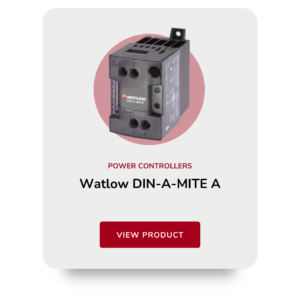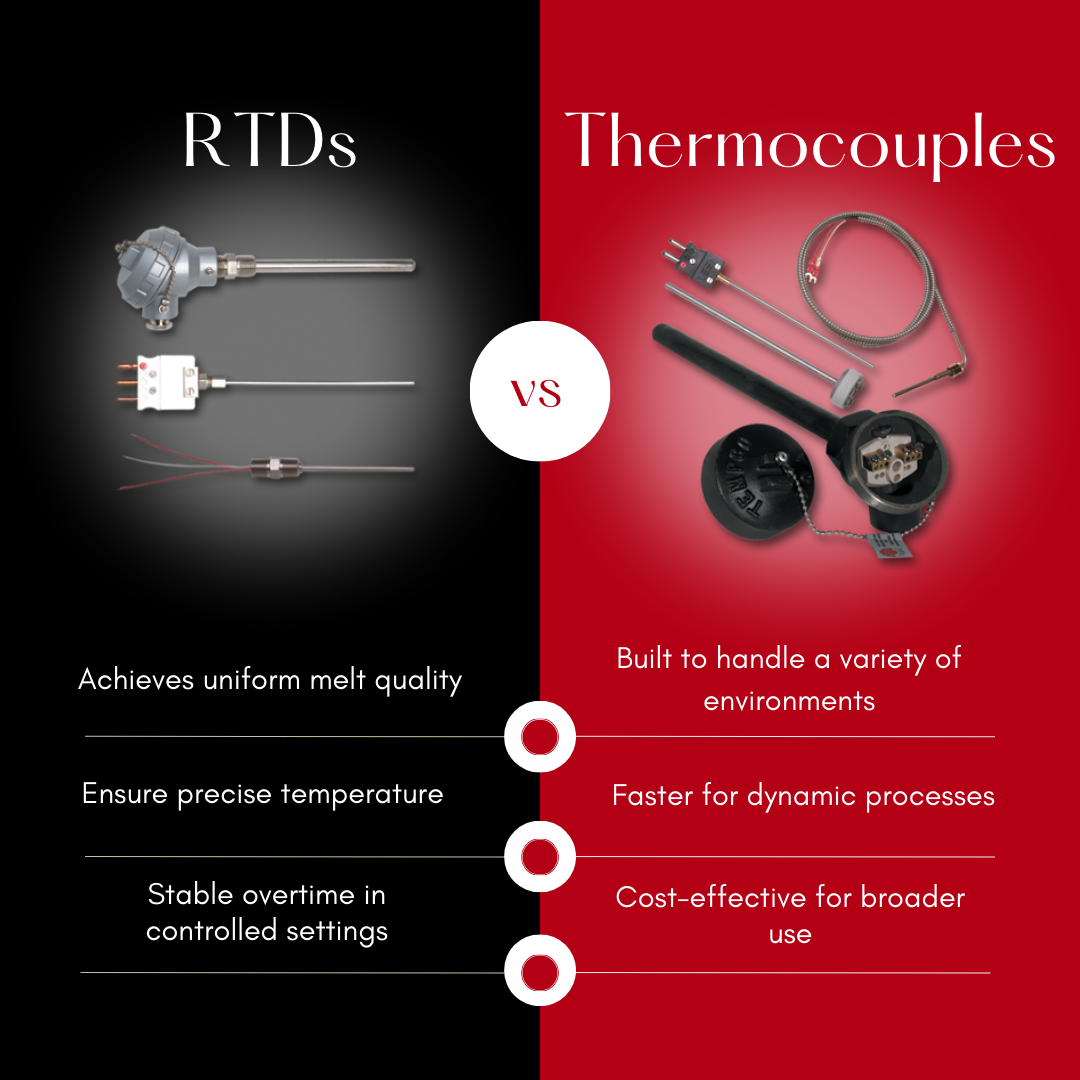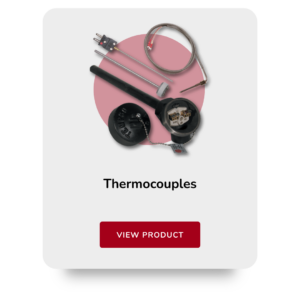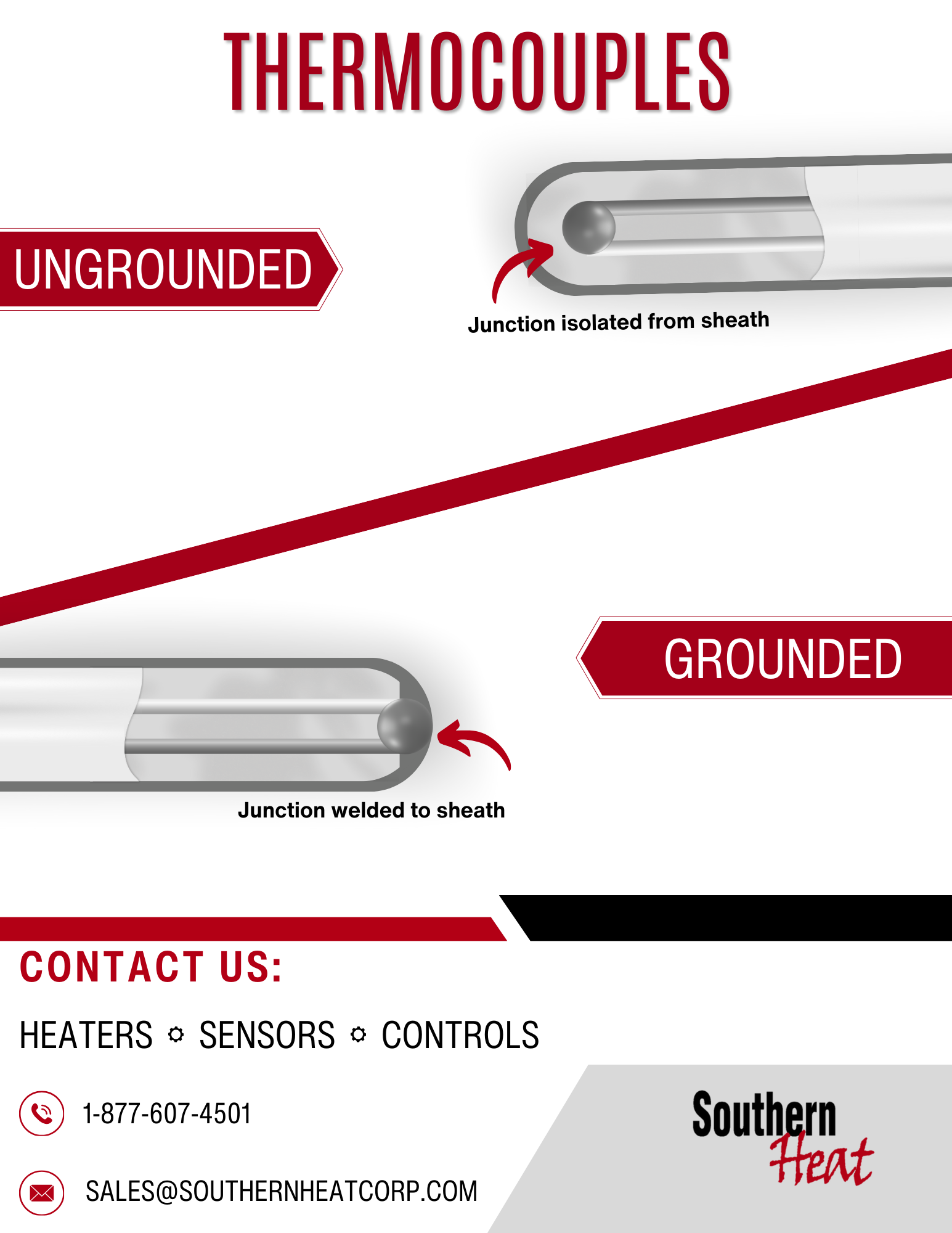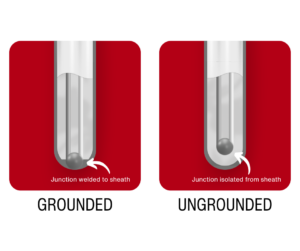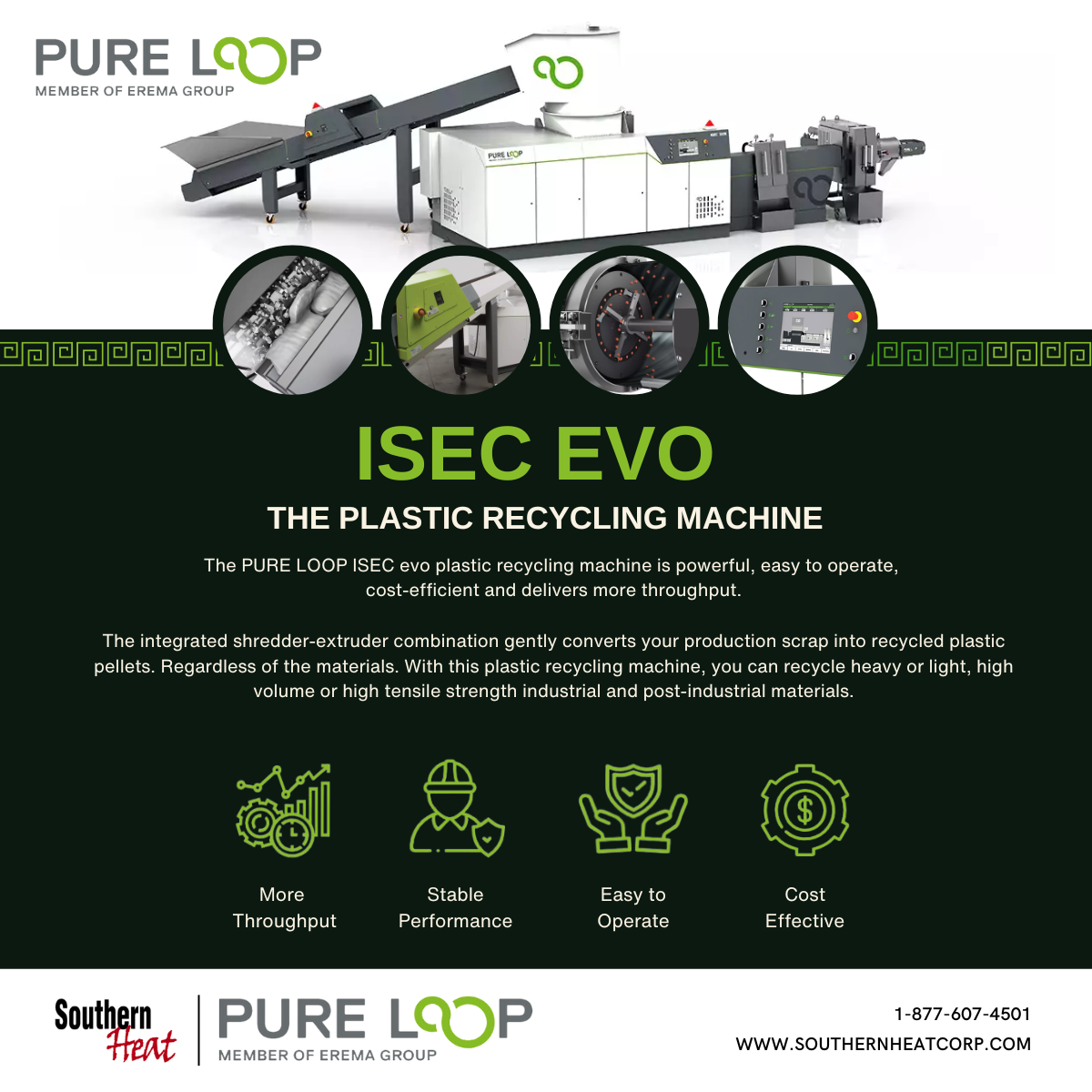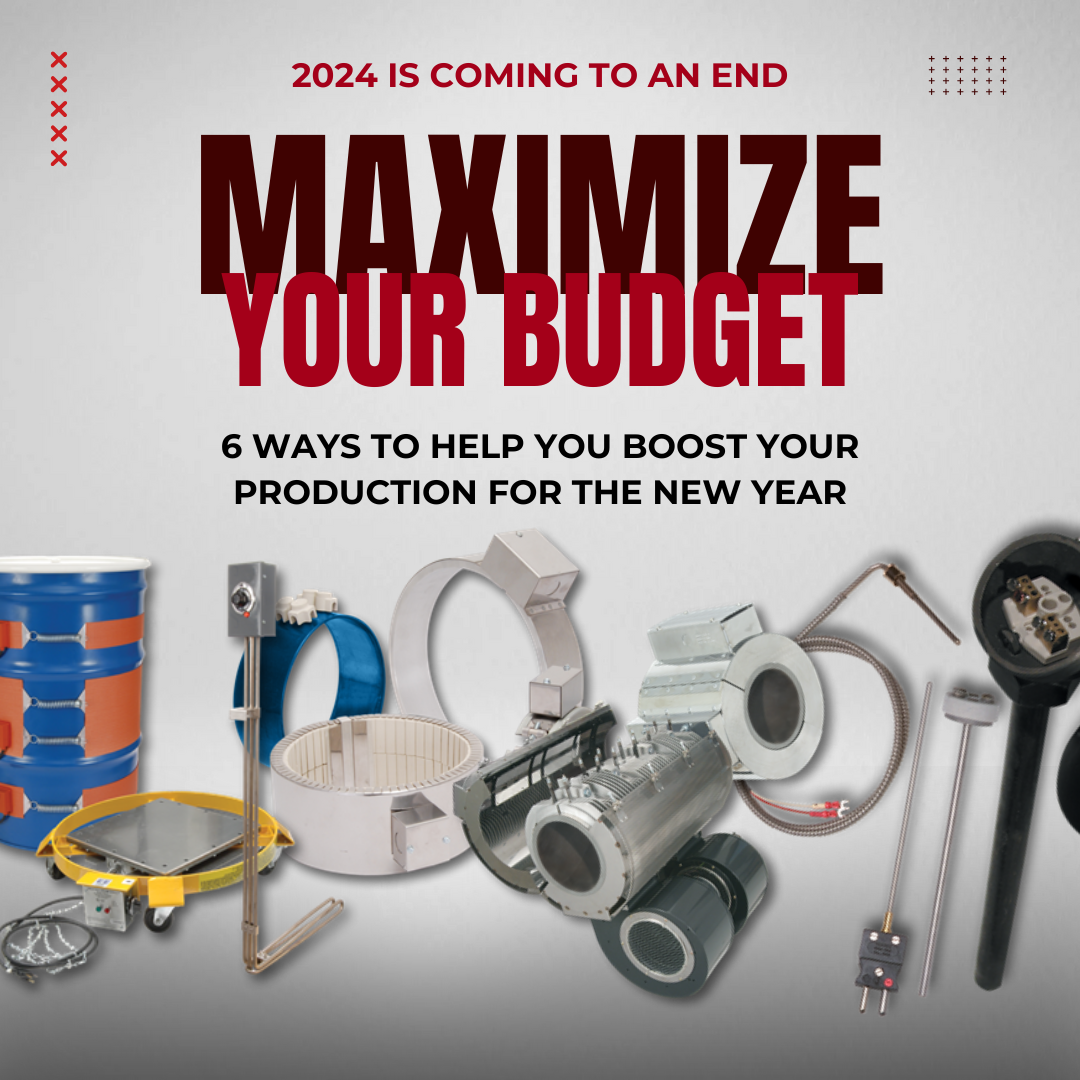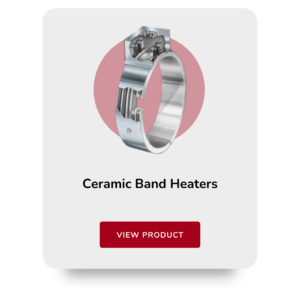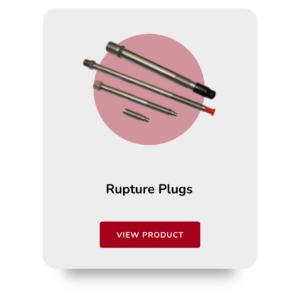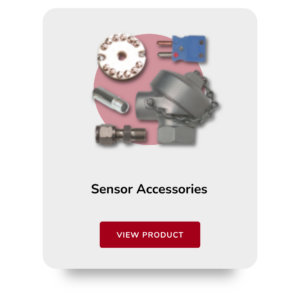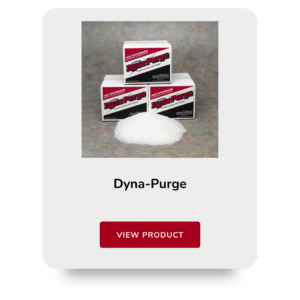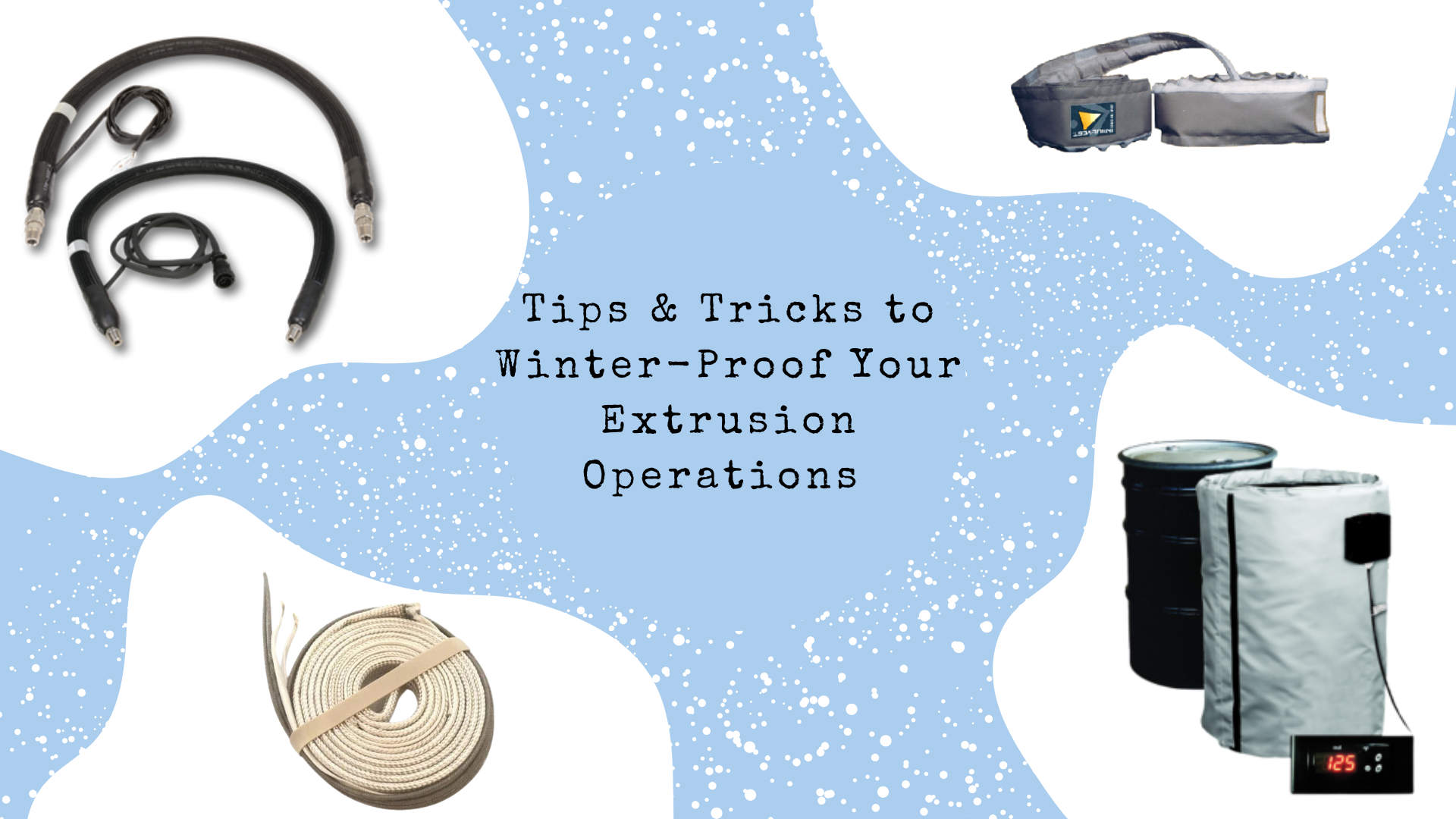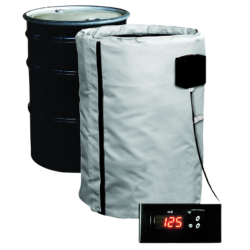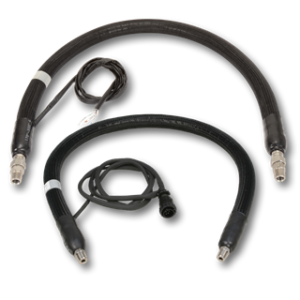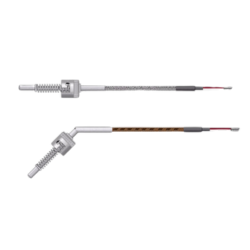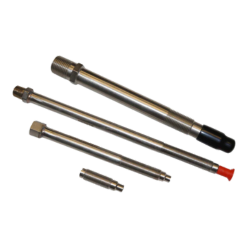Authored by: Isabel McCord
Maximizing Efficiency: Cooling Maintenance Tips for Plastic Extrusion Systems
Efficient cooling is essential to keeping your plastic extrusion line running smoothly. It ensures consistent product quality, prevents downtime, and reduces energy use. Core components like portable chillers, temperature control units (TCUs), and cooling towers manage the heat load—but only if they’re well-maintained. Routine maintenance and timely upgrades can dramatically improve system performance and lower operating costs.
Portable Chillers: Keep Your Cooling on Point
Portable chillers deliver targeted cooling to individual machines, helping maintain stable process temperatures. Well-maintained chillers support quality and prevent costly interruptions.
Maintenance Tips:
- Check coolant levels regularly to avoid overheating.
- Clean condenser coils to maintain heat exchange efficiency.
- Monitor refrigerant levels to ensure reliable performance.
- Inspect pumps for steady coolant circulation.
Why Upgrading Matters:
Older chillers often consume more energy and deliver less reliable cooling. Upgrading to energy-efficient models improves heat transfer, reduces strain on your machines, and lowers utility costs.
Temperature Control Units (TCUs): Fine-Tune the Heat
TCUs regulate heat in molds, barrels, and dies—making or breaking product consistency. A poorly performing TCU can increase scrap rates and energy waste.
Maintenance Tips:
- Flush the system periodically to prevent mineral buildup.
- Calibrate thermostats and sensors for accurate control.
- Inspect pumps and hoses for leaks or damage.
- Ensure proper insulation to minimize heat loss.
Why Upgrading Matters:
Modern TCUs feature digital controls for precision adjustments. Upgrading reduces temperature swings, boosts consistency, and cuts down on wasted energy.
Cooling Towers: Maximize Heat Rejection
Cooling towers remove excess heat from the system, keeping extrusion operations stable and efficient. Their performance heavily depends on regular upkeep.
Maintenance Tips:
- Clean fill media and nozzles to ensure even water distribution.
- Monitor water treatment to avoid scale, corrosion, or biological growth.
- Inspect fans and motors for smooth operation.
- Maintain proper water levels and flow rates for optimal performance.
Why Upgrading Matters:
Aging towers often underperform. Newer designs offer better materials, energy efficiency, and cooling capacity—leading to longer equipment life and lower maintenance costs.
Use this quick-reference guide to stay ahead of common cooling issues:
- Inspect Water Quality
- Use filtered/treated water to prevent scale and corrosion.
- Watch for algae, rust, or mineral deposits.
- Test pH and conductivity monthly.
- Clean Cooling Channels
- Flush lines routinely to remove buildup.
- Use descaling agents if needed.
- Try ultrasonic cleaning for tough-to-reach spots.
- Monitor Flow Rates
- Install flow meters for accurate tracking.
- Check hoses and pipes for blockages or slow flow.
- Log flow trends to catch issues early.
- Inspect Chillers and Cooling Towers
- Clean filters, coils, and fans.
- Check refrigerant levels and leaks.
- Lubricate fans and pumps regularly.
- Test Temperature Control Units (TCUs)
- Compare inlet/outlet temperatures to expected values.
- Calibrate controls and inspect heating elements.
- Test alarms and safety features.
- Check for Leaks
- Examine hoses, manifolds, and fittings for damage.
- Replace worn parts immediately to maintain pressure and flow.
- Document and Schedule Everything
- Keep detailed logs for each system component.
- Create a schedule for daily, weekly, and monthly checks.
Expert Tips for Better Cooling System Health
- Standardize hose sizes/fittings to simplify replacements.
- Use color-coded or labeled lines to reduce errors.
- If using air cooling, inspect blowers and air knives for dust or obstruction.
- During shutdowns, drain and dry lines to prevent bacteria or corrosion.
- Train operators to spot early warning signs like temperature spikes or slow cooling.
Why It Matters
Cooling system maintenance isn’t just about protecting your product—it directly impacts energy consumption, mold/tool longevity, and production speed. Neglected systems can lead to scrap, breakdowns, and costly downtime.
Think of maintenance as a small investment with big returns: lower scrap rates, fewer breakdowns, and longer machine life.
Wrap-Up: Partner with Southern Heat
Whether you run a high-speed extrusion line or a precision molding operation, proactive cooling system maintenance is key to staying competitive. Use this checklist as your go-to guide—and stick to it.
Southern Heat specializes in helping manufacturers modernize outdated cooling equipment with energy-efficient, high-performance solutions tailored to your operations.


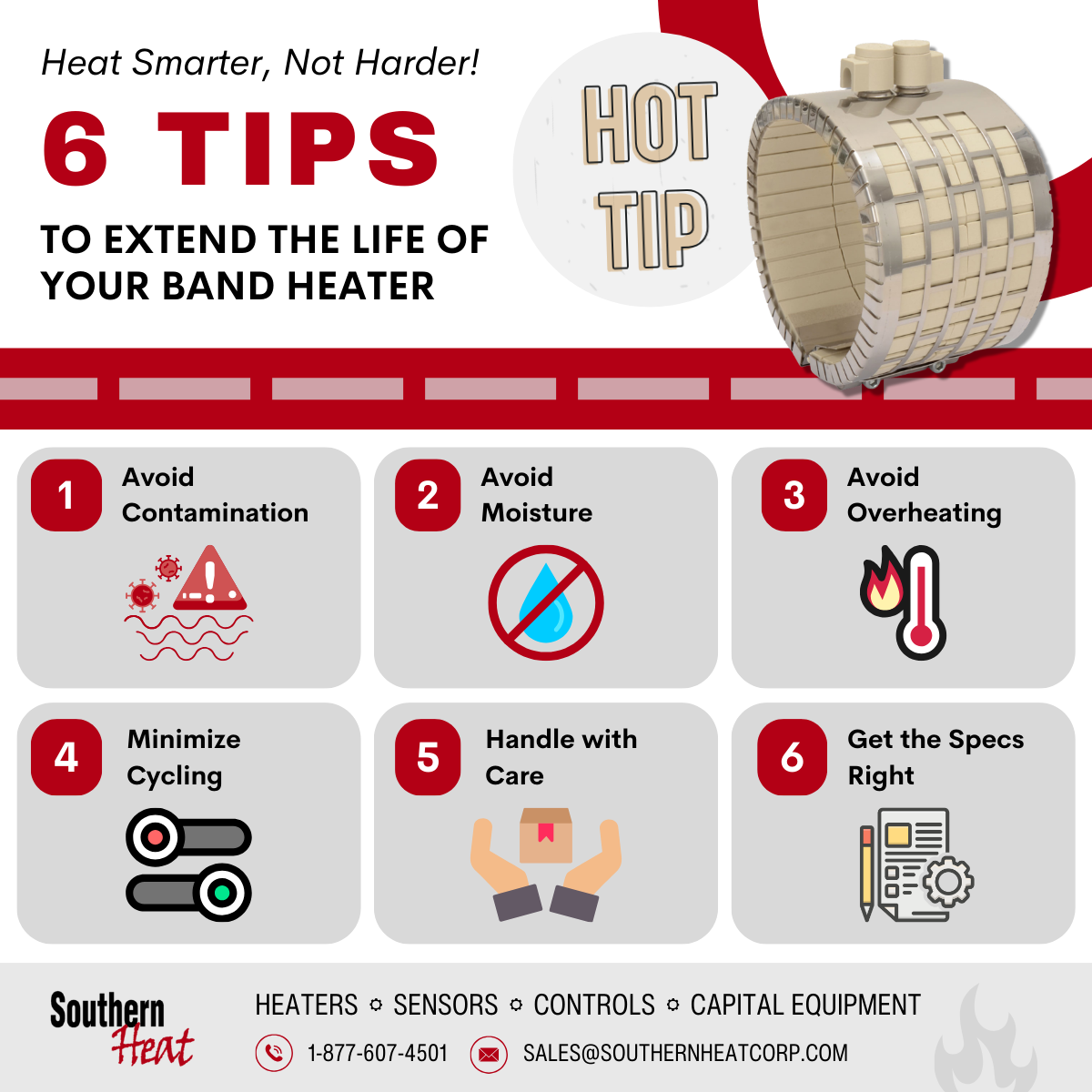
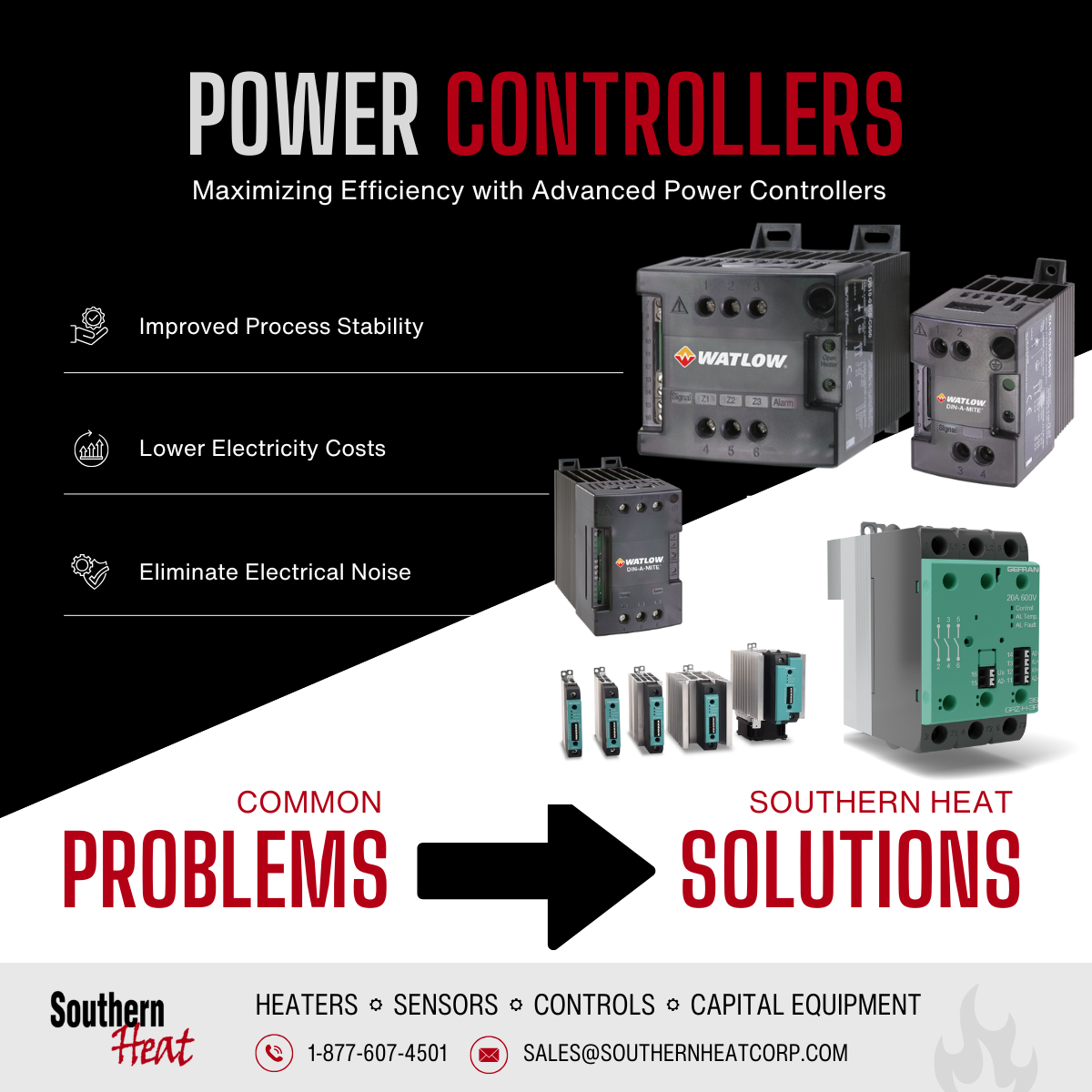
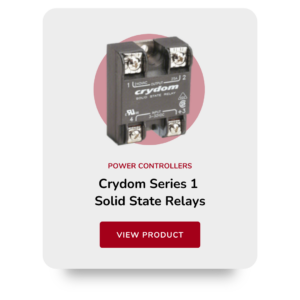
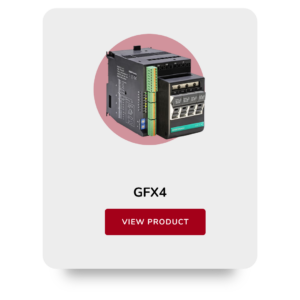 Watlow DIN-A-MITE A Power Controller
Watlow DIN-A-MITE A Power Controller